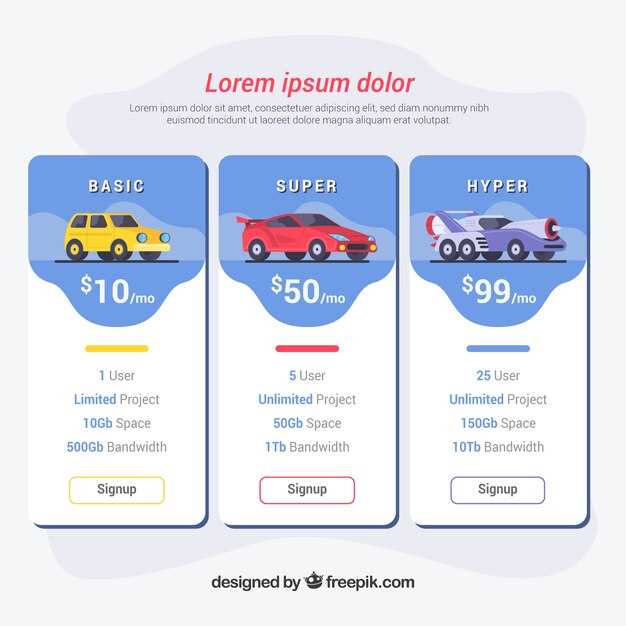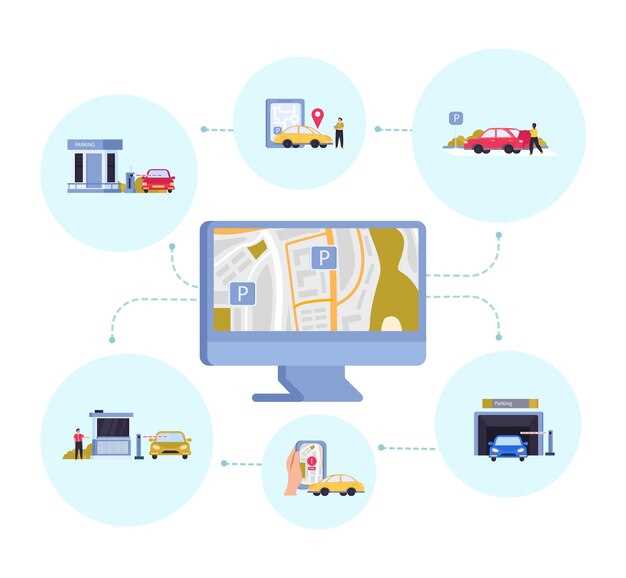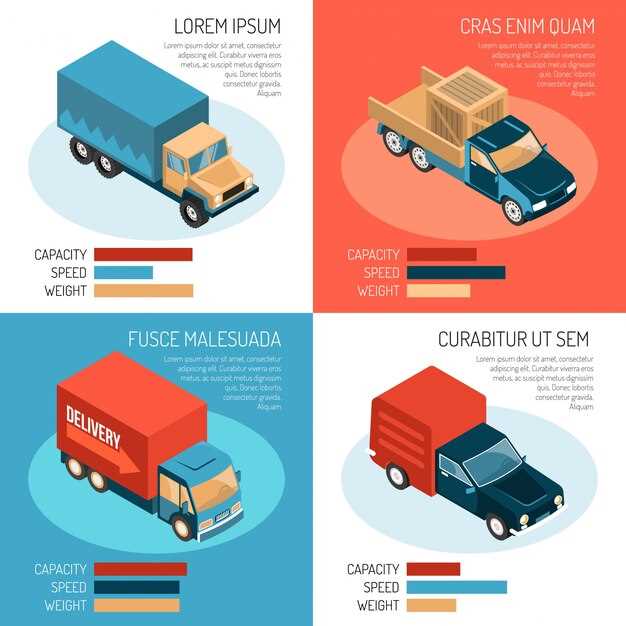Top 5 car shipping methods explained

When it comes to relocating your vehicle, understanding the various methods available is crucial. Shipping a car can seem daunting, but with the right information, you can make an informed decision that suits your needs. Whether you are moving across the country or to a neighboring state, different options are available to ensure your car arrives safely and efficiently.
In this article, we will explore the five best methods for shipping cars. Each method has its own set of advantages and considerations, making it essential to understand how they differ from one another. By breaking down these methods, we aim to provide clarity and help you choose the most suitable option for your vehicle transportation needs.
From open transport to enclosed carriers, each approach comes with unique benefits and potential drawbacks. Knowing what each method entails will enable you to weigh your choices carefully, ensuring that your car is in good hands during the relocation process. Let’s dive into the details and uncover the best practices for shipping your car efficiently and safely.
Understanding Open vs. Enclosed Transport for Vehicle Shipping
When it comes to relocation of your car, choosing the right method of transport is crucial. The two primary options available are open and enclosed transport. Each method has its own advantages and considerations that can impact the overall shipping experience.
Open transport is the most common shipping method, where vehicles are transported on an open trailer without any cover. This option is generally more cost-effective and allows for the shipment of multiple cars simultaneously, making it a popular choice among customers. However, it exposes the vehicle to the elements, including weather conditions and road debris, which may be a concern for some owners, particularly those with high-value or classic cars.
On the other hand, enclosed transport offers a higher level of protection. Vehicles are shipped in fully enclosed trailers, shielding them from adverse weather, dust, and potential damage during transit. This method is often preferred for luxury, vintage, or custom cars, where the risk of damage is not acceptable. While the cost of enclosed transport is typically higher than open transport, the added peace of mind can be worth the investment.
Another factor to consider is the methods of loading and unloading. Open transport usually allows for quicker loading and unloading due to its accessibility, while enclosed transport might require more careful handling, particularly for lower clearance vehicles.
Ultimately, the choice between open and enclosed transport depends on your individual priorities, budget, and the value of the vehicle being shipped. Understanding these factors will help you make an informed decision for your car relocation needs.
Factors to Consider When Choosing Door-to-Door vs. Terminal-to-Terminal Shipping

When it comes to shipping cars, selecting between door-to-door and terminal-to-terminal methods is crucial. Each option offers distinct advantages and potential drawbacks that can affect your overall experience and costs.
Firstly, convenience is a primary factor. Door-to-door shipping involves the carrier picking up your vehicle from a specified location and delivering it directly to your destination. This method eliminates the need for you to travel to a terminal, providing a hassle-free experience. Conversely, terminal-to-terminal shipping requires you to drive your car to a designated terminal and later retrieve it from another terminal, which may involve additional time and effort on your part.
Cost is another significant consideration. Generally, terminal-to-terminal shipping tends to be more cost-effective than door-to-door services. The savings come from reduced handling and transportation costs associated with fewer stops. If budget constraints are a primary concern, exploring terminal-to-terminal options may be beneficial, although you should weigh the costs against the convenience factor.
Time sensitivity also plays a role in decision-making. Door-to-door shipping usually offers faster transit times as your vehicle is directly transported to its endpoint. If you have specific timelines for needing your car, this option might be preferable. However, terminal-to-terminal shipping may encounter delays depending on scheduling and availability at the terminals involved.
Finally, consider the level of security each method provides. Door-to-door services often include more direct oversight of your vehicle during transport. In contrast, vehicles shipped via terminal-to-terminal may be left in less secure locations for varying periods. Assessing your concerns regarding vehicle safety could heavily influence your choice.
In summary, when deciding between door-to-door and terminal-to-terminal shipping for your car, evaluate convenience, cost, time sensitivity, and security. Each factor will ultimately impact your overall satisfaction with the car shipping process.
Cost Implications of Different Car Shipping Methods: What to Expect

When it comes to car relocation, understanding the cost implications of various shipping methods is crucial for making an informed decision. Each method offers different advantages, but they also come with distinct price points. Here’s what to expect from the most common car shipping methods.
Open Transport: This is typically the most economical option for shipping cars. An open trailer can carry multiple vehicles at once, which helps to spread the costs among several customers. On average, you can expect to pay between $600 to $1,200 for this service, depending on the distance and type of vehicle. However, bear in mind that your car will be exposed to the elements, which could lead to wear and tear.
Enclosed Transport: For those seeking extra protection during transit, enclosed transport is the way to go. This method shields your vehicle from weather damage and road debris. While it offers significant benefits, it comes at a higher cost, ranging from $1,000 to $2,000. This price variation largely depends on the vehicle size and shipping distance.
Door-to-Door Service: This convenient option allows carriers to pick up and deliver your vehicle right at your doorstep. While prices can vary widely, generally you can expect to add around $100 to $300 to your total cost for the convenience. This method is great for those who want a hands-off approach to car relocation and are willing to pay for that ease.
Terminal-to-Terminal Shipping: A cost-effective alternative is terminal-to-terminal shipping, where you drop off and pick up your car at designated terminals. This method can reduce costs by eliminating the need for door-to-door service, with prices typically ranging from $500 to $1,500. However, it requires more planning, as you’ll need to arrange transportation to and from the terminals.
International Shipping: Shipping a car internationally involves additional complexities and costs. Expect to pay anywhere from $1,000 to over $5,000, depending on the destination and method (container shipping or RoRo – roll-on/roll-off). Customs fees and import taxes can further increase overall expenses, making it essential to research the specific regulations of the destination country.
In conclusion, the cost of shipping a car varies significantly based on the chosen method. It’s important to weigh the benefits against the associated costs to find the most suitable option for your relocation needs.

